How Australia Put Evolution on Darwin’s Mind
The famous naturalist’s revolutionary theory first took shape not in the Galápagos but in the primeval Blue Mountains
/https://tf-cmsv2-smithsonianmag-media.s3.amazonaws.com/filer/4d/88/4d8864d5-4aca-4ee6-9377-1a1dd7d2b34e/dec15_e02_darwin.jpg)
Meeting the great-great-grandson of the great, great naturalist Charles Darwin demands total immersion in Australian nature. The first step is locating Chris Darwin’s abode, hidden in the foothills of a vast, rugged labyrinth of gorges and valleys called the Blue Mountains. From the sleepy hamlet of Glenbrook, a narrow paved road descends into lush eucalyptus forest, where, alone apart from the birds, I spotted a tiny mailbox. I slowly edged my rented vehicle down a sloped driveway flanked by raw sandstone outcroppings, wondering how I would ever manage to reverse back out if this turned out to be the wrong address. The driveway finally ended, much to my relief, at a brick house almost engulfed in foliage. Beyond this point lay a string of nature reserves and national parks—2.5 million acres of pristine bush, just 40 miles west of Sydney.
Darwin bounded out of his doorway to greet me with a hearty handshake along with two curly-haired boys. The lanky, 53-year-old Chris is far more the eccentric Englishman than his sober ancestor Charles. Completely barefoot, he sported a crimson tie with a bird pattern, and britches held up by red suspenders—a Tolkien character in mufti, as if the forest-dwelling wizard Radagast the Brown had gone to Oxford.
“Shall we go into the rainforest?” Darwin asked in his cultivated accent, as his sons hung off his arms in the kitchen. “I think we must really talk about Charles Darwin there. He loved rainforest. He said it left him intoxicated with wonder.”
“Let’s go to the vines!” 9-year-old Erasmus cried out.
“No, the waterhole!” chirped Monty, age 7.
Before we could set off, Darwin insisted we pack hot tea and Christmas cake as sustenance. Soon I was stumbling down a steep dirt track, balancing a steaming cup in one hand and a plate in the other, as the brilliant Australian light flickered though the trees. Shafts illuminated the rainforest floor, a succulent carpet of native ferns and fungi. Climbing vines with evocative names like “wonga wonga” and “wombat berry” snaked upward around the trunks.
“Watch out for that jumping jack nest!” Darwin laughed, nodding to a swarming mound of ants. “They give a hell of a sting.” After a slow and (to me) precarious descent, we arrived at a natural pool like a black mirror in the ground. We perched on mossy rocks and attempted morning tea, while the boys roared like wild things, throwing boulders into the water to splash us, Chris all the while smiling indulgently.
There is a satisfying historical logic to the fact that one of the most vigorously nature-worshiping of Charles Darwin’s 250-odd direct descendants—a man who gave up a successful career in advertising in London to be a climbing guide and environmental activist, not to mention an expert on his ancestor’s storied life—ended up living in this particular pocket of the Antipodes. “Charles Darwin thought the Blue Mountains the most beautiful part of Australia,” Chris said, gazing at the exotic greenery, thick with coachwoods, sassafras and the glossy green leaves of the lilly pilly. “And of course, so do I.”
Few non-Australians are even aware that the 26-year-old Charles visited the continent in early 1836 on his round-the-world voyage in the HMS Beagle. The fresh-faced Cambridge grad had been invited on the Beagle because of his passion for natural history, and when he arrived in Australia, after traveling around Cape Horn and up South America’s Pacific coast, his radical ideas were as yet unformed. In fact, young Charles had been groomed for a career in the clergy. As had been his custom, he collected specimens in Australia to take back to London for further study over the coming decades.
Most important, it was Darwin’s 11-day adventure in the Blue Mountains that kick-started his thinking on evolution, as historians have shown from his diary, letters and field notes. The visit would prove as influential for his path to On the Origin of Species, published 23 years later, as his canonical studies of the Galápagos Islands.
“When I was a child, my father taught me all about Charles Darwin’s visit here,” Chris said. “Our family always viewed him as a very romantic figure, and Australia was one of the wonderful exotic places he went to. We liked to imagine him on horseback, riding through the summer heat wave, discovering marvelous things.”
On that 1836 excursion, Darwin was puzzled by Australia’s strange wildlife, including the duck-billed platypus—the furry, semi-aquatic mammal whose appearance is so freakish that British biologists thought the first specimens sent to London were a hoax, fabricated from different animals. Darwin was able to observe it in its natural setting, which upset his religious assumptions. “We were told from a very young age about the ‘platypus moment,’ which was a real epiphany for Darwin,” Chris said. Although his conclusions took two decades to reach, the seeds of his revolutionary theories on natural selection were sown only a few miles from where Chris now lived.
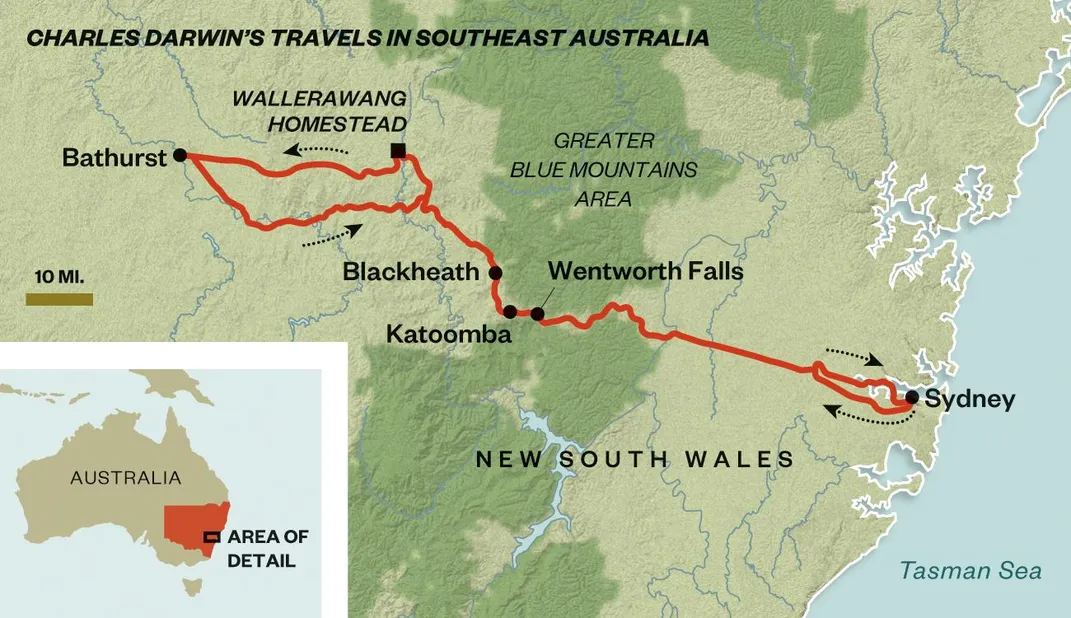
“It was here that Charles Darwin questioned Creationism for the first time,” Chris said suddenly, between sips of tea. “He came out of the closet, basically.”
***
When the ten-gun sailing vessel HMS Beagle hove into Sydney’s glittering harbor on January 12, 1836, before a light morning air, according to his journals, Darwin was in a fragile mood. The voyage had already lasted four years, twice as long as expected, and he had been seasick all across the Pacific. He was homesick and lovelorn, too, having recently learned that his teenage sweetheart, Fanny Owen, had married another. Still, he was keen to explore the new British outpost, founded as a prison colony only 48 years earlier: “We all on board are looking forward to Sydney, as to a little England,” he wrote.
His optimism was shaken by his first glimpse of the Australian landscape, which was suffering from a protracted drought. Despite impressive sandstone cliffs, he found the bush around Sydney Harbor made up of “thin scrubby trees (that) bespoke sterility.” Worse, no letters awaited the Beagle’s crew. “None of you at home, can imagine what a grief this is,” he wrote pitiably to his sister Susan. “I feel much inclined to sit down & have a good cry.” Darwin cheered up a little while strolling around Sydney, which boasted a population of 23,000, now mostly free settlers. “My first feeling was to congratulate myself that I was born an Englishman,” he wrote in his diary, marveling at the stores full of fashionable goods, the carriages with liveried servants and the splendid mansions (although there were rather too many pubs for his liking). The apparent industry made a pleasing contrast to the decay of Spain’s much older South American colonies. Over the next few days, the colony’s democratic character unsettled him. As a scion of England’s ruling class, he was disturbed to note that ex-convicts, once they had served their prison term, were now prospering in business and openly “reveling in Wealth.”
To plunge into his nature studies, Darwin decided to travel into the nearby Blue Mountains, where mysterious species (many already renowned among the British scientific community) thrived in a geologically unique setting. He hired a guide (whose name is lost) and two horses. A highway had been carved across the rugged landscape two decades earlier, but it was still difficult going. He passed convict chain gangs under redcoat guard, and a party of aboriginals, who for a shilling threw their spears “for my amusement.” Having met the indigenous people of Tierra del Fuego as well as the New Zealand Maoris earlier on the voyage, he condescended to find the aboriginals “good-humored & pleasant (and) far from the degraded beings as usually represented.” He predicted that aboriginal contact with convicts and rough settlers from British slums, who exposed them to alcohol and diseases, boded ill for their future.
As for the Blue Mountains, Darwin had expected “a bold chain crossing the country,” but instead found the scenery “exceedingly monotonous.” (The name originates from the bluish tinge, when seen from a distance, created by tiny droplets of evaporated eucalyptus oil in the air.) His opinion improved at Wentworth Falls, where above the roaring cascade he was astonished by sweeping views of the Jamison Valley. Here were the “most stupendous cliffs I have ever seen,” he raved, each precipice topped with ancient forests, framing a “grand amphitheatrical depression” dense with untold numbers of eucalyptus trees, whose “class of view was to me quite novel.” He speculated that the valleys were carved by ocean currents. In fact, the Blue Mountains are what remains of a dissected plateau, whose bedrock, deposited by the sea some 250 million years ago, has been eroded by wind and rivers over the eons.
Today, visitors can follow Darwin’s route, beginning at Sydney’s spectacular ferry terminal at Circular Quay, where the Beagle weighed anchor in front of today’s Opera House, and traveling the Great Western Highway into the crisp mountain air. In the village of Wentworth Falls, the old Weatherboard Inn where Darwin spent the night is long gone, although his bush trail has been preserved as the Charles Darwin Walk, and it still makes the most exhilarating introduction to the Blue Mountains. The two-mile path follows a creek through a waterlogged forest, known as “hanging swamp,” that is alive with native birds, including honeyeaters and screeching black cockatoos feasting on banksia trees, whose flowers resemble spiky yellow brushes. It opens up with a flourish above the 614-foot-high waterfall, with untouched views of those golden cliffs.
It’s easy to see why Darwin was taken with the primeval view: One almost expects a long-necked dinosaur to lumber into the scene at any moment. Human settlement has always felt tentative here. The region was thinly populated by early aboriginal inhabitants compared with the warmer hunting grounds of the coast, although the people here did leave their mark in cave paintings of animals and hand prints. With white settlement, a few roadside pubs and mining outposts took hold, and in the Victorian age, scenic villages such as Katoomba and Blackheath became vacation resorts. Honeymooners from Sydney marveled at the Three Sisters, a trio of sandstone sculptural forms rising from the bush, and the Jenolan Caves, the world’s oldest cave complex, its 25 miles of tunnels filled with gleaming white stalactites and stalagmites of unearthly beauty. The American naturalist John Muir stopped by on his 1904 world tour. Today, the Blue Mountains still boast historic hotels like Lilianfels, where you can take tea and scones in rattan chairs, and the Hydro Majestic, a sprawling Art Deco gem reopened last year after a decade-long renovation.
The real attraction—the wilderness—still has a huge following of devoted Australian bushwalkers. Today, seven national parks and an additional reserve are combined into the Greater Blue Mountains World Heritage Area, whose 2.5 million acres encompass underground rivers, spectacular waterfalls and natural swimming holes. Some of its slot canyons are so steep that they have reportedly never been visited by humans. There is a sense that anything can still be found here—a feeling that was proven in 1994, when a young fieldworker for the park service stumbled across a plant species that scientists had believed extinct for two million years.
David Noble was on a weekend hiking trip in a northern park with two friends, rappelling into remote canyons and spelunking. “I wasn’t looking for anything new or unusual,” he recalled. “We picked a gully off the map at random to explore.” As the trio stopped for lunch in a sheltered niche, Noble observed a cluster of unfamiliar trees looming over them 60 to 100 feet tall, and took a clipping back to the park lab. The staff biologist was unable to recognize it, and a more scientific excursion was arranged. It was soon ascertained that the tree, the Wollemi pine, matched fossils from the Jurassic era.
The discovery caused a sensation in scientific circles and among the Australian public, with tabloids calling the pine a “living dinosaur.” The original location of the specimens remains undisclosed to deter souvenir hunters and to protect the vulnerable plants from disease. But the tree has since been cultivated; the public can see the pine in botanical gardens around Australia (including the hugely popular Royal Botanic Gardens in Sydney), Europe, Taiwan and Japan and some places in North America, including at the Kingsbrae Garden in New Brunswick, Canada. “Is there anything else out there in the mountains?” Noble mused. “Well, I didn’t expect to find the Wollemi pine! If you look at the sheer [enormousness] of the parks, I wouldn’t be surprised what turns up.”
***
From the Jamison Valley, Charles Darwin headed to the frayed edges of colonial settlement, descending the western flanks of the mountains via Victoria Pass. The climax of his trip occurred in an unexpected setting, a lonely sheep station (Australian for ranch) called Wallerawang, where he put up for two nights with the superintendent, an amiable Scot named Andrew Browne. Darwin found the sandstone homestead sorely lacking (“not even one woman resided here”) and the young gent’s sensibilities were offended by the convict farmhands—“hardened, profligate men,” he judged, heavy-drinking, violent and “quite impossible to reform.” But, inspired as ever by nature, he made a horseback day trip on January 19 down into the glorious Wolgan Valley, where he collected rock samples. The fauna fired his imagination, as he noted the kangaroo rat (also called a potoroo), electric-hued rosellas (native birds) and sulphur-crested cockatoos.
But his safari became more profound back at the Wallerawang homestead, when Darwin followed a stream in the cool of dusk and “had the good fortune to see several of the famous Platypus,” playing in the water. These wildly peculiar monotremes (egg-laying mammals) were behaving exactly like the water rats he knew back home in England. His companion, Browne, helpfully shot one so that Darwin could examine it more closely.
In the waning sun, Darwin sat by the creek and pondered why the animals of Australia were so eccentric in appearance. The kangaroo rats had behaved just like English rabbits, and even as he considered this, a fierce-looking Australian ant lion dug the same conical pit before his eyes as the smaller English ant lion would do. According to Frank Nicholas, a now-retired animal geneticist and co-author (with his wife, Jan) of Charles Darwin in Australia, this was a key moment: “The obvious question was, if you were an omnipotent creator, why would you bother going to all the trouble of designing two different species to occupy very similar ecological niches?”
Darwin’s diary entry for this day has become widely studied: “A Disbeliever in everything beyond his own reason, might exclaim, ‘Surely two distinct creators must have been (at) work; their object however has been the same & certainly in each case the end is complete.’” But the radical difference between the species was baffling: “Would any two workmen ever hit on so beautiful, so simple & yet so artificial a contrivance?” The remarks were expressed in cautious terms, Nicholas argues, because Darwin knew his notebooks would be read by Christian relatives back home. (He adds a hasty Creationist disclaimer: “I cannot think so. —The one hand has worked over the whole world.”) But one thing is certain, Nicholas says: “This was the first time that Darwin put such a question on paper.” Only when writing On the Origin of Species did he accept the implications of his heretical thought—that different species had in fact evolved from the same origin over millions of years, changing their characteristics to suit their environments.
“It would be one of the great understatements to call this a portentous moment,” writes University of Sydney professor Iain McCalman in Darwin’s Armada. “At no other time on the Beagle voyage did Darwin raise the issue, and afterwards he buried it for a further twenty years.” In retrospect, it is as much of a eureka moment as Isaac Newton’s storied encounter with an apple. “One thinks of Charles Darwin as a cold scientist,” adds Chris Darwin, “but there was real passion there. He could stare for hours at an ant’s nest, or a rose in a garden. In Wallerawang, he sat by himself, gazing at the dead platypus for hour after hour, thinking ‘It just doesn’t make sense.’ Why had God made the water rat for Europe and North America, and the platypus for Australia? It’s terrifying, really.”
***
Today, Wallerawang is a drowsy pastoral town with a pub or two. Instead of the farm where Darwin stayed, there is now a muddy dam. It was created in 1979 to supply a power station, sadly submerging the colonial homestead. Since then, local pride in the connection to Charles Darwin has blossomed. An elderly woman living in a caravan tended a small municipal park named after the naturalist, dominated by a sign: “Please Do Not Steal the Plants.” A few rocks have been arranged as an official memorial to the 1836 visit, complete with a bronze platypus statue.
The nearby Wolgan Valley, however, which Darwin saw on his day trip, still offers an unchanged view of the 1836 frontier. It’s Australia’s answer to Monument Valley, an otherworldly plain surrounded by mesas, like an arena of the gods. The core 4,000 acres are now a nature reserve as part of the luxurious Emirates Wolgan Valley Resort and Spa, where guests have their own bungalows, each with a private swimming pool. The facility was created (surreally enough) by Emirates Group, the parent company of the airlines, to offset the carbon footprint of its aircraft. (It also has a grove of Wollemi pine saplings, not far from a stream where platypuses can sometimes be spotted at dusk.)
My ultimate goal was one of the oldest structures in the Blue Mountains—a farmhouse dating from 1832 still nestled in a pasture with stunning views of the valley. As the only white habitation in the valley at the time of Darwin’s trip, the naturalist would almost certainly have visited. One of the tour guides now employed at the property, Nicholas Burrell, wearing an Akubra hat and R.M. Williams work boots, opened up the doors to the empty homestead for me, as wind whistled through the wooden boards, and opened a dark shed that had housed the farm’s ten convicts. “I’ve got convicts on two sides of my family,” Burrell assured me. Most modern Australians take pride in tracing criminal ancestors: Convicts were usually deported for petty theft or other minor offenses, and they are now seen as victims of an unfair system, creating a reverse aristocracy. Burrell then showed me the mummified corpse of a rabbit, discovered by archaeologists when the foundations of the homestead were raised during restoration. It had been buried under a corner post, an old Scottish tradition, he says, to protect the house from evil spirits.
In a country that once gave little heed to its past, the homestead is a rare survivor. For me, standing on the creaking porch hung with rusty tools, I could finally imagine the young Darwin gazing out at this same ancient landscape, his imagination racing.
***
One of the many astute observations Charles Darwin made on his 1836 Australian tour was that the country’s native wildlife was in long-term peril. While staying at Wallerawang, he saw English greyhounds easily chase down a potoroo, and noted that, thanks to overhunting, farming and introduced predators, settled areas around Sydney were already devoid of marsupials and emus. In a startling continuity across the generations, Darwin’s great-great-grandson Chris has joined the campaign to halt extinction in Australia. “My ancestor Charles discovered the origin of species,” Chris told me. “I want to stop their mass disappearance.”
It wasn’t always obvious that Chris, who grew up in London, would fulfill his ancestral destiny. “When I failed my school biology exam, it was quite a family crisis,” he recalled with a laugh. “My father wondered if the species was devolving!” His teenage nickname became “The Missing Link.” But the Darwin name, he admits, opened doors. “People hope to find a spark of Charles Darwin inside me, so there is more curiosity when they meet me as opposed to, say, Peter Smith.”
Chris Darwin was also raised to love nature, and in his 20s, he windsurfed around Britain and hosted what was, at the time, the world’s “Highest-Altitude Dinner Party,” on an Andean peak, with climbers in top hat, tails and ball gowns; the event raised money for charity and gained an entry in the Guinness Book of World Records. But he chose a career in advertising, which caused a lot of stress and unhappiness. “I’m not embarrassed to say that I had a dark period in my life,” Chris says. In 1991, at age 30, he attempted suicide. He moved to the Blue Mountains to be surrounded by wilderness, and became a rock-climbing guide. He was still a “climbing bum,” as he put it, five years later, when his grandmother left him an inheritance. “I thought, here is a real opportunity to do something for others, as Charles would have wanted!” He donated 300,000 Australian dollars (about $175,000 in U.S. dollars at the time) to an organization called the Bush Heritage Australia to create a private nature reserve in Charles Darwin’s name. In 2003, the 265-square-mile reserve, one of 35 now managed by Bush Heritage, was established some 220 miles northwest of Perth. It’s one of the world’s remotest environmental hot spots, where scientists have since found dozens of new and endangered plant, insect and bird species.
Chris is now taking his anti-extinction message to North America in what he is calling a PR campaign for Mother Nature. The project will start next year or the year after. He plans to meet 20 other direct descendants of Charles Darwin in Manhattan, all wearing beards, wigs and Victorian suits, to promote a regeneration program for an endangered species of moss endemic to New York State. In California, there’ll be a black-tie dinner party high in the branches of a redwood tree, perhaps on the anniversary of Teddy Roosevelt and John Muir’s famous 1903 trek through Yosemite. In Florida, he hopes to convince the Florida Panthers hockey team to adopt its namesake feline, of which only an estimated 70 survive today.
He thinks his peripatetic great-great-grandfather would have approved.
***
After traveling as far west as Bathurst in the summer of 1836 (he described himself as “certainly alive, but half roasted with the intense heat”), Charles Darwin rode back to Sydney and set sail again on the Beagle with crates of specimens and a jaundiced view (he never went to the city of Darwin; the site was named for him during a later Beagle voyage, and only settled in 1869). After stopovers in Tasmania and the port of Albany on the southwest coast of the continent, he admitted that Australia was “an admirable place to accumulate pounds & shillings,” but he could not feel comfortable there, knowing that half his fellow citizens were “somewhere between a petty rogue & (a) bloodthirsty villain.” His verdict: “I leave your shores without sorrow or regret.”
Others on the Beagle were more open-minded: Darwin’s servant and specimen collector, Syms Covington, soon emigrated back to Sydney, where he thrived, gaining property, becoming a postmaster and running an inn. The pair corresponded for years, and in 1852, Darwin admitted that, “I feel a great interest about Australia, and read every book I can get hold of.” A gold rush allowed the colony to prosper more than Darwin had ever imagined, and four years later he even told Covington he felt a touch of envy that he hadn’t settled there himself. Although he was by then a wealthy, respected scientist, Darwin thought that Australia might offer his children a brighter future than “old burthened” Britain. (He would eventually have five sons and three daughters who survived beyond infancy.) “Yours is a fine country,” he wrote Covington warmly, “and your children will see it a very great one.”
Editor's Note: This article has been updated to reflect the fact that there is more than one place in North America to see the Wollemi pine.
Related Books
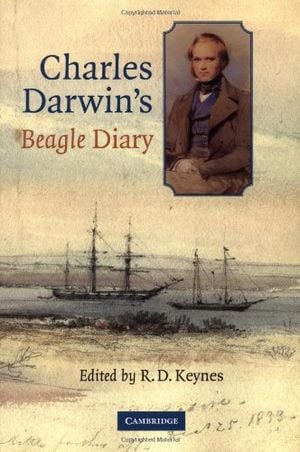
Charles Darwin's Beagle Diary
/https://tf-cmsv2-smithsonianmag-media.s3.amazonaws.com/accounts/headshot/tony.png)
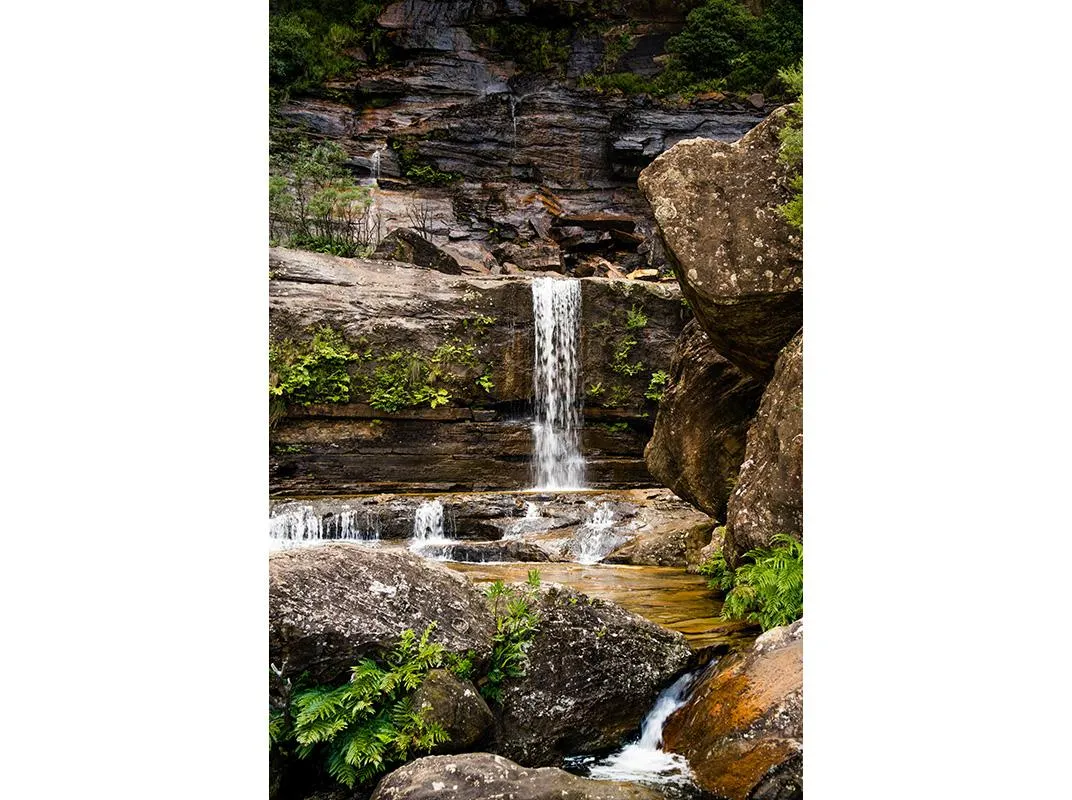
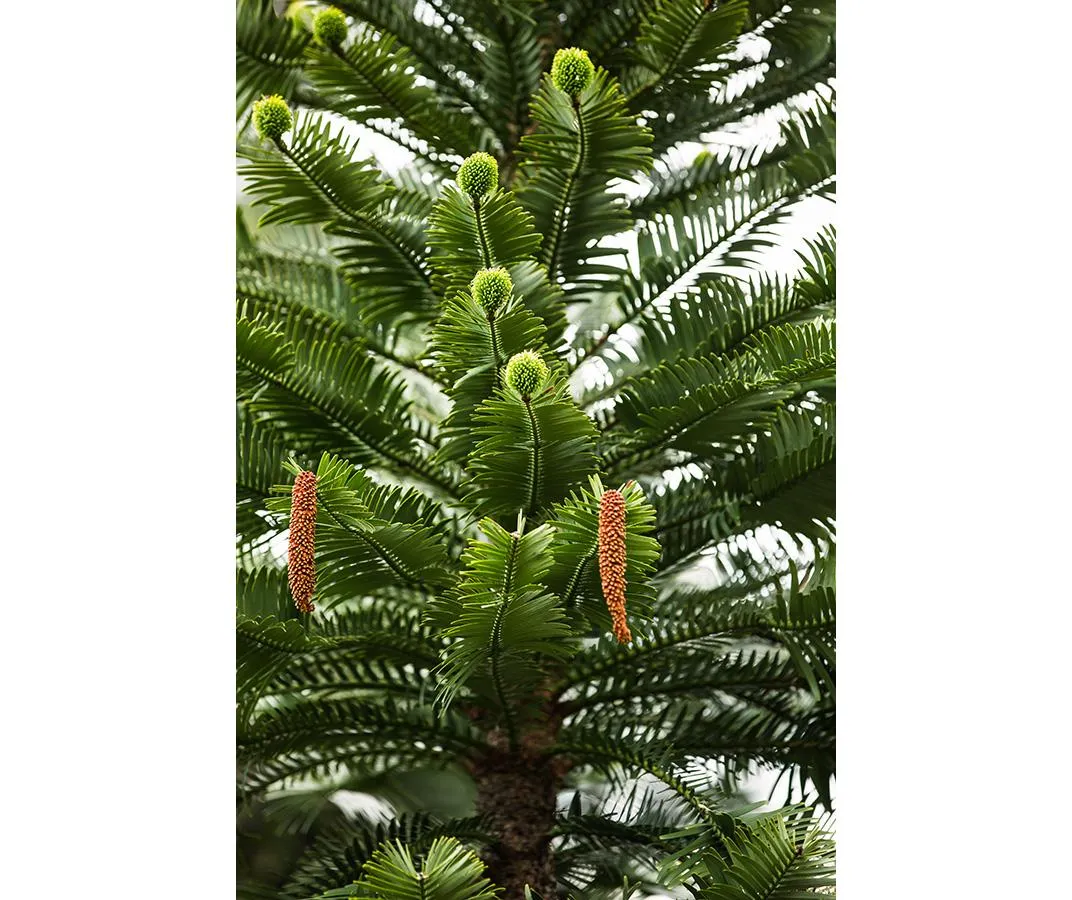
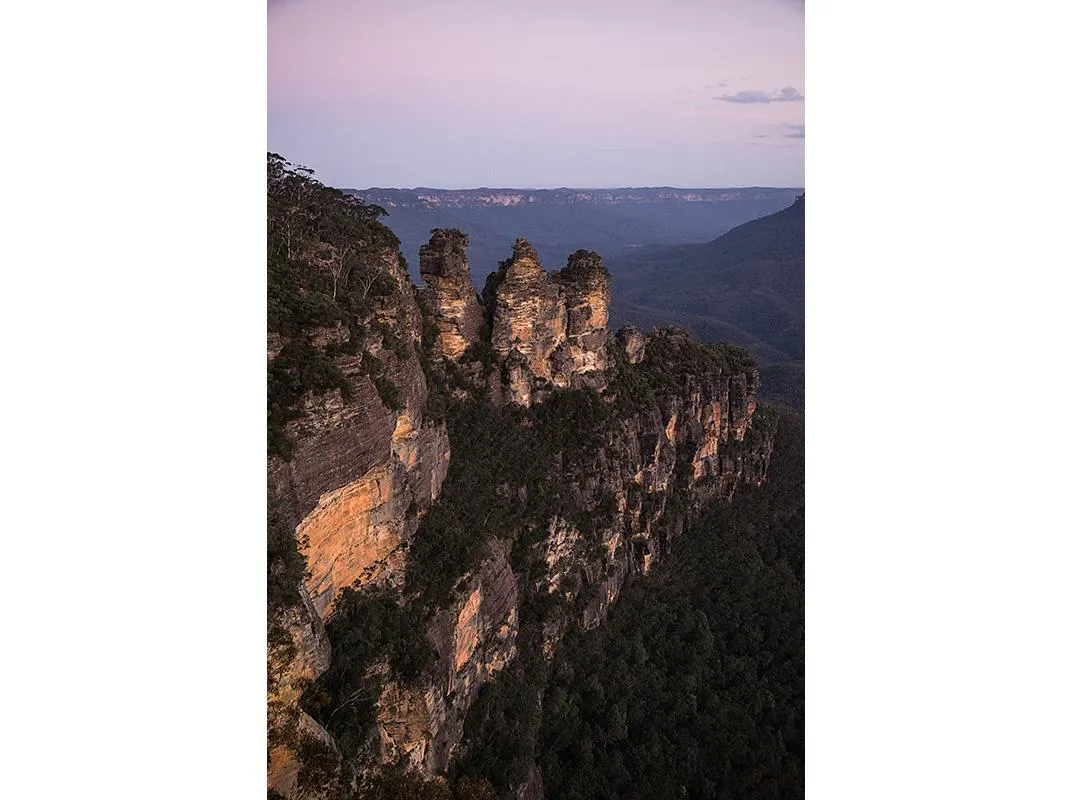
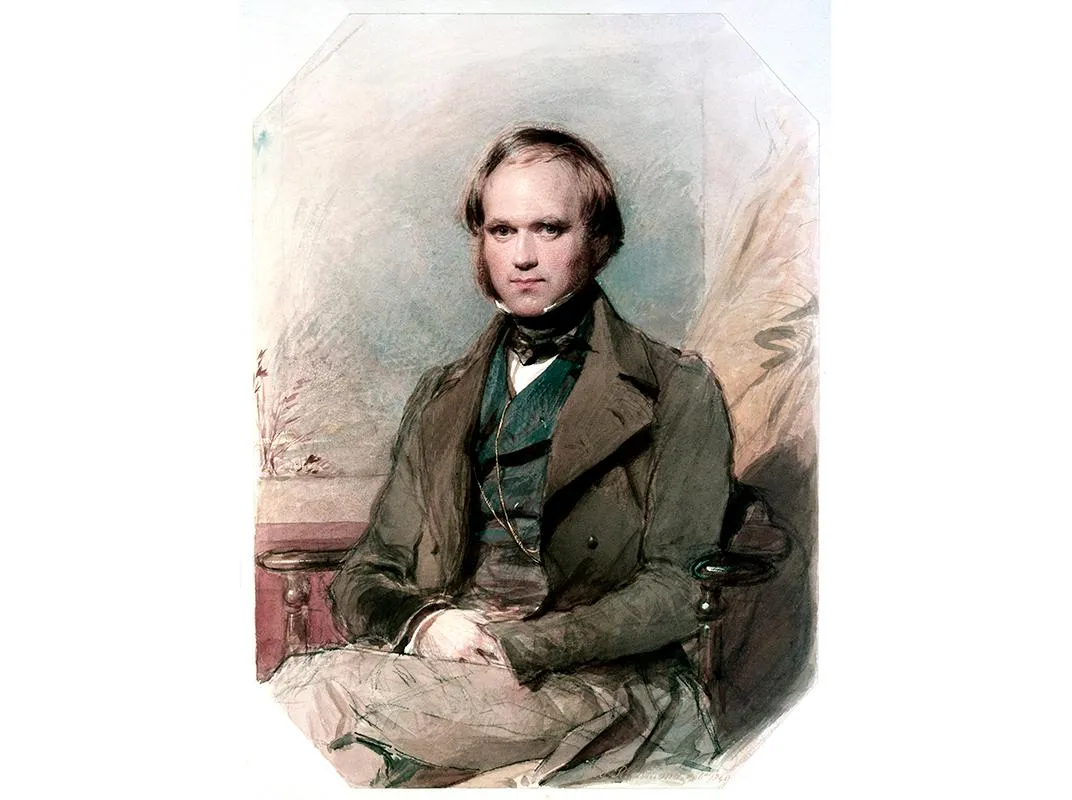

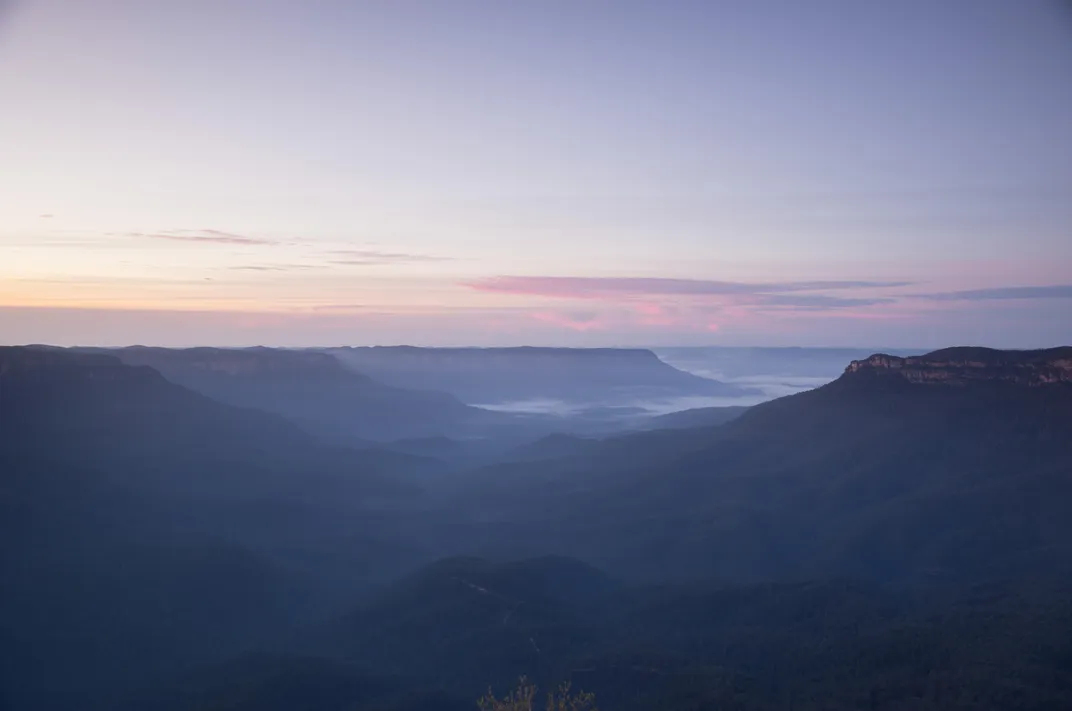
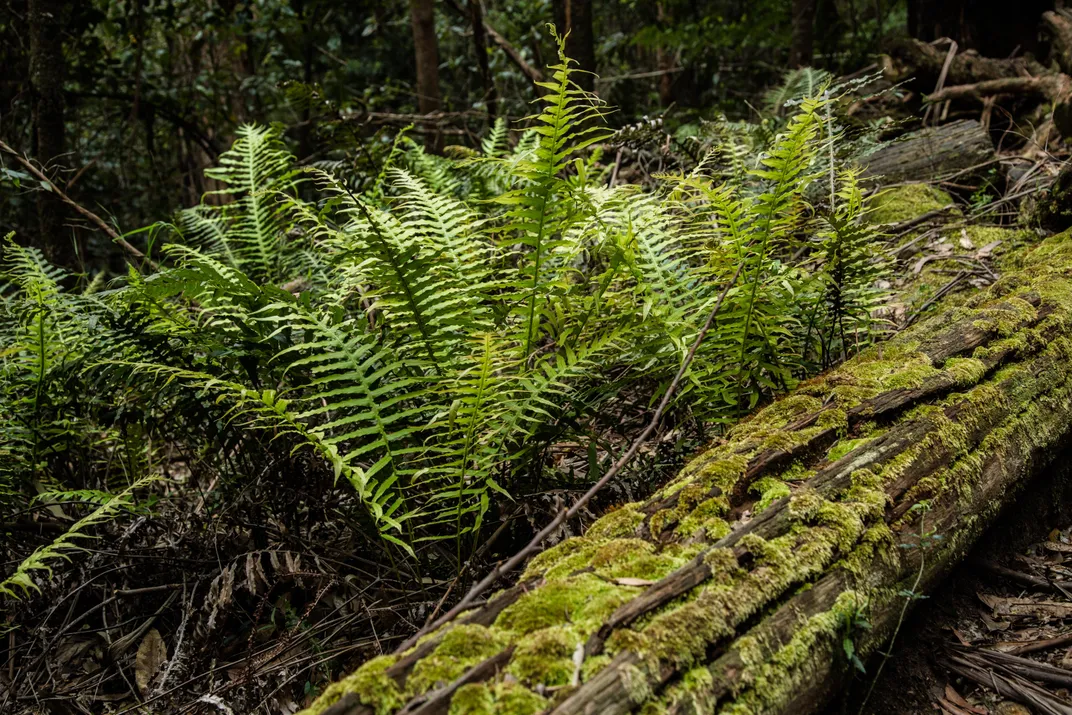
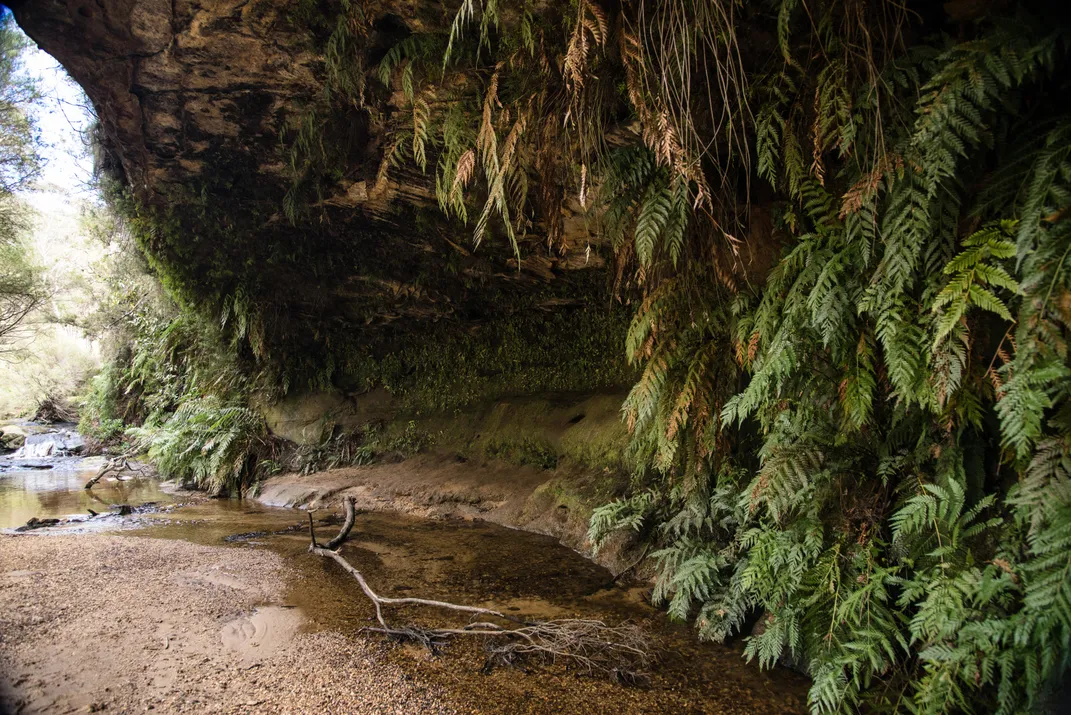
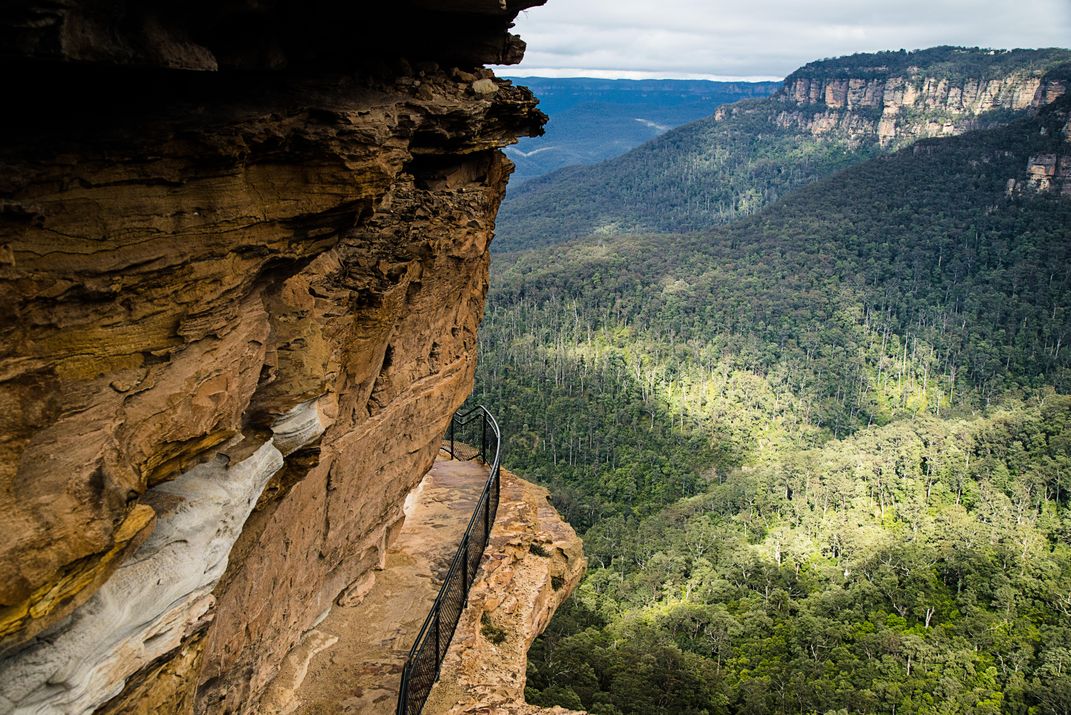
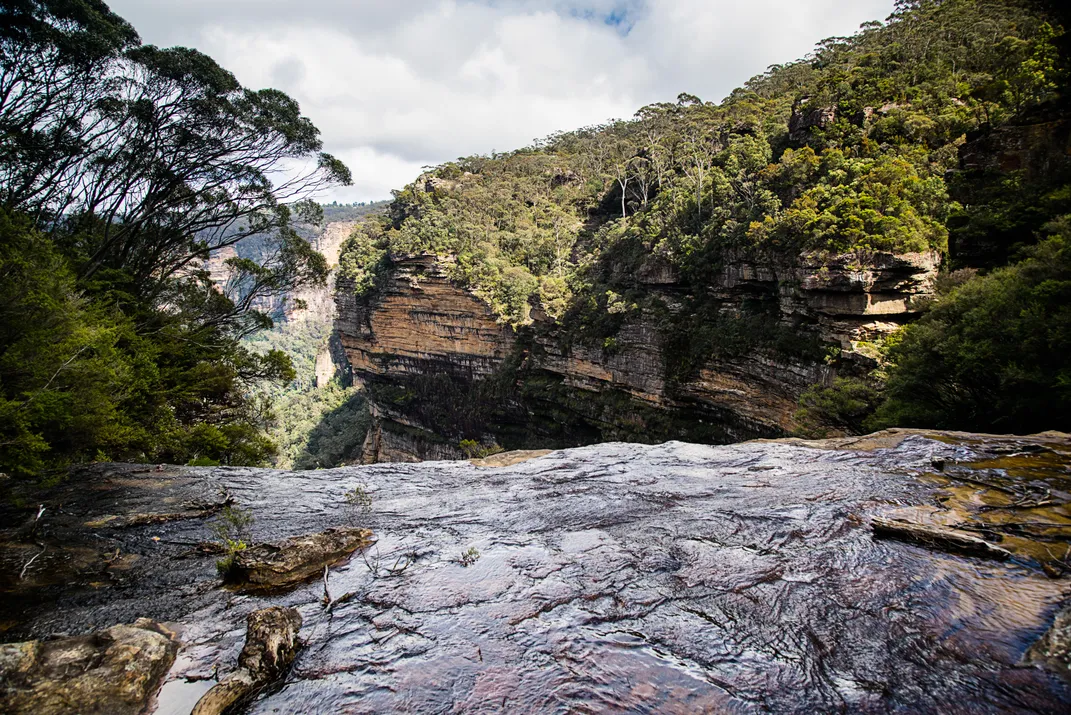
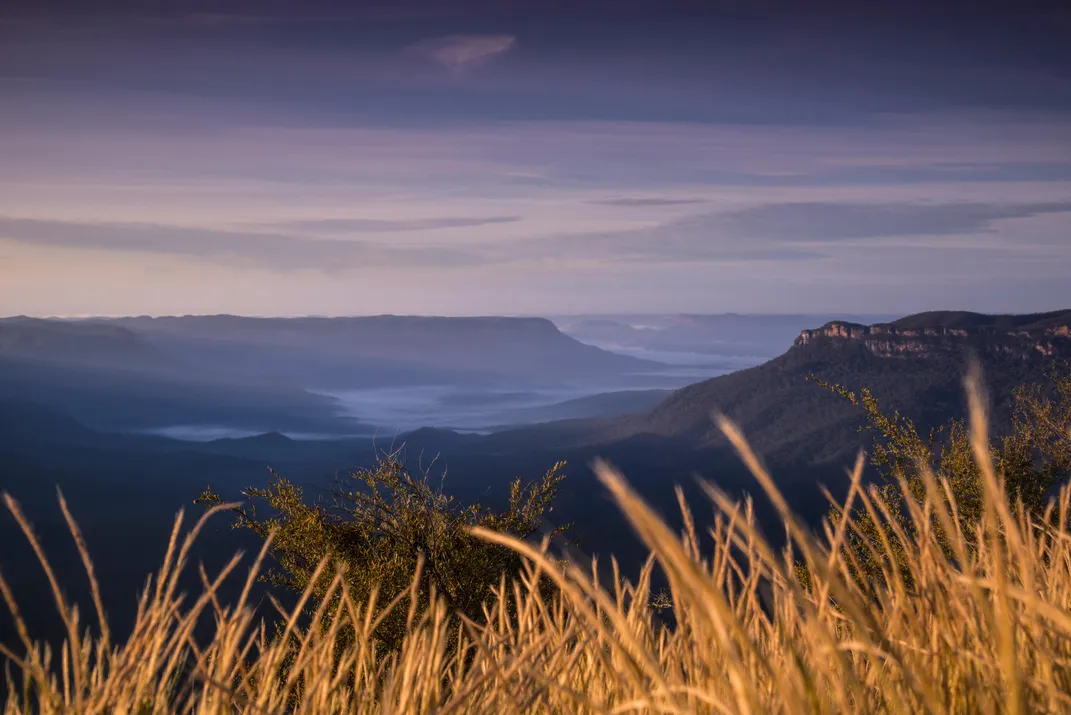
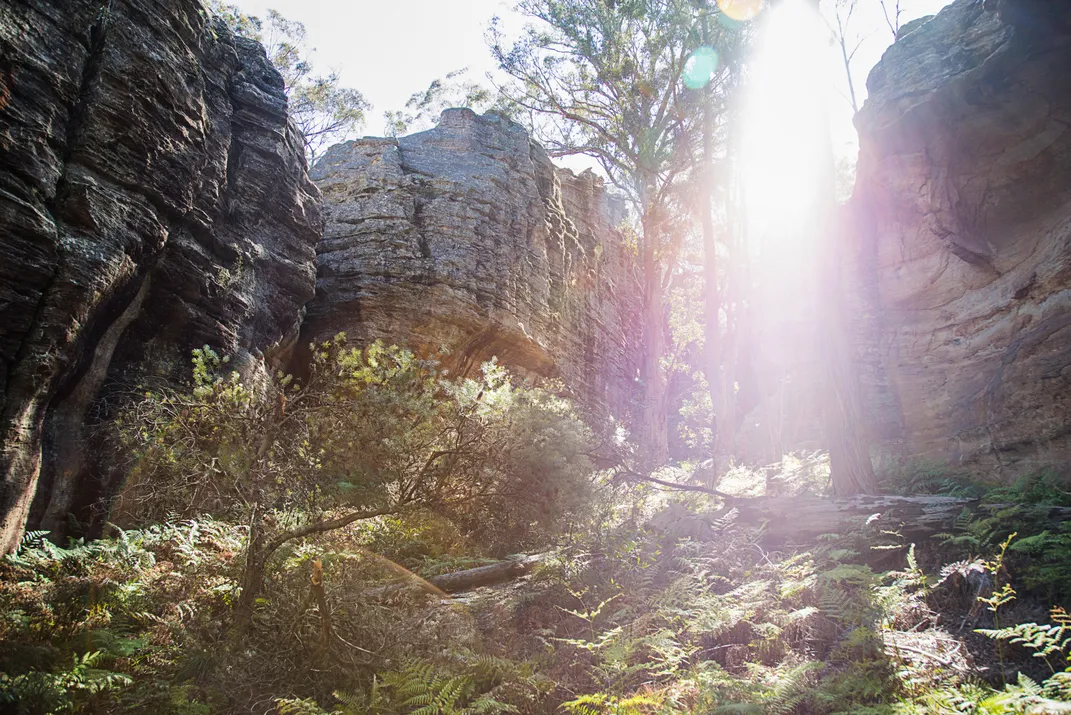
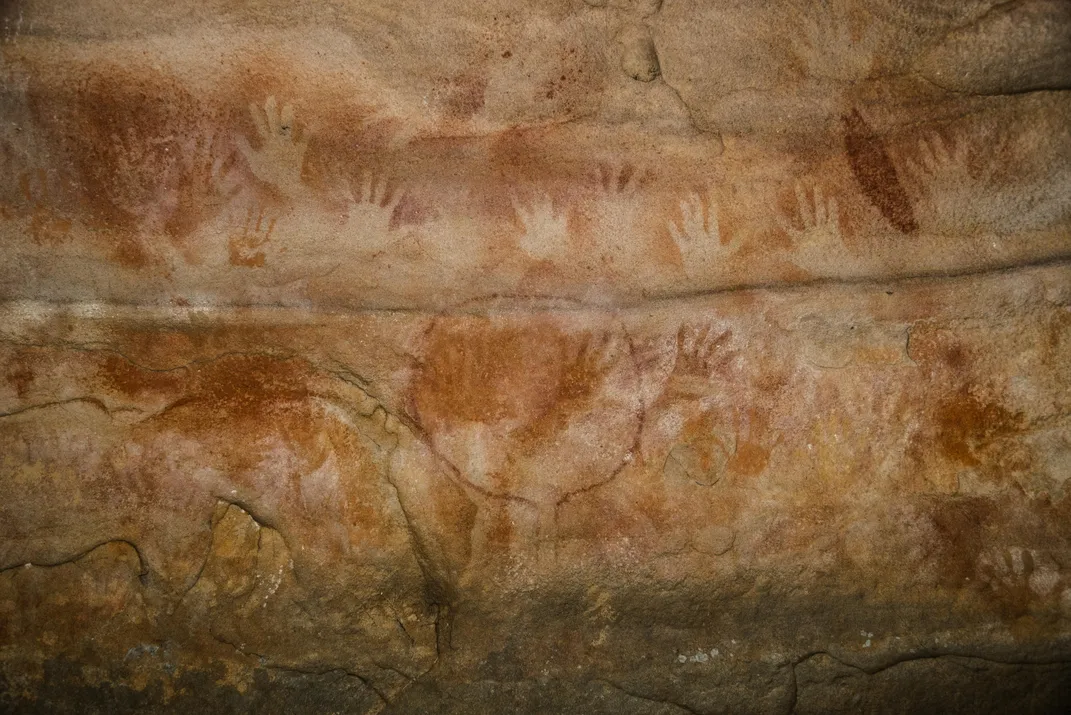
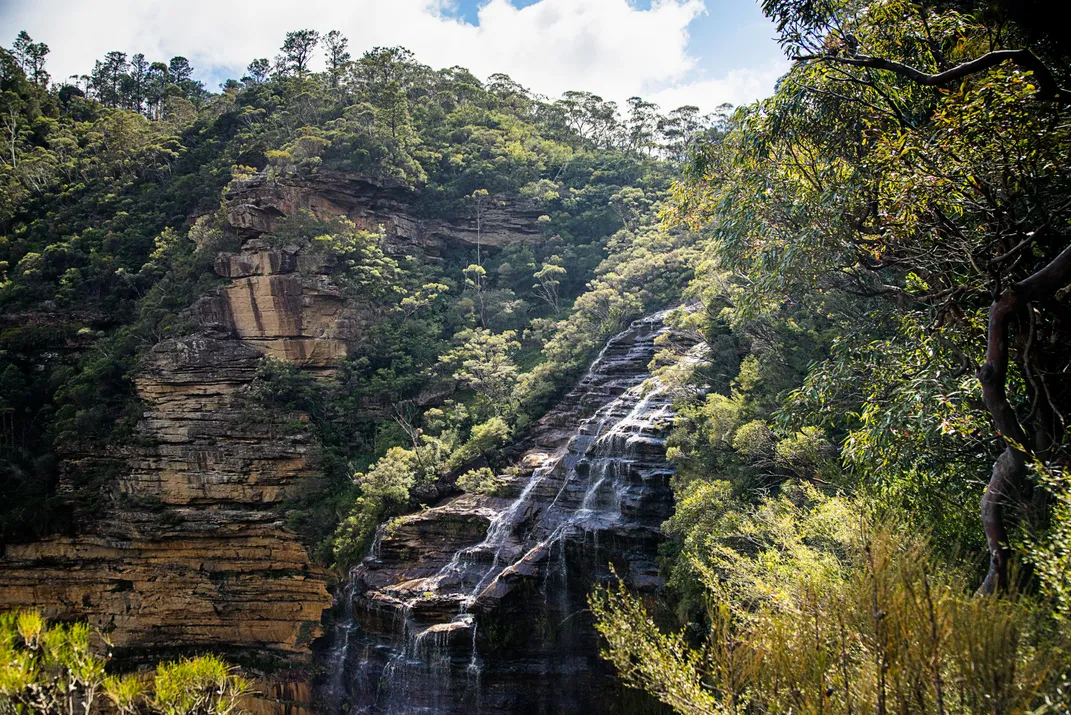
/https://tf-cmsv2-smithsonianmag-media.s3.amazonaws.com/accounts/headshot/tony.png)